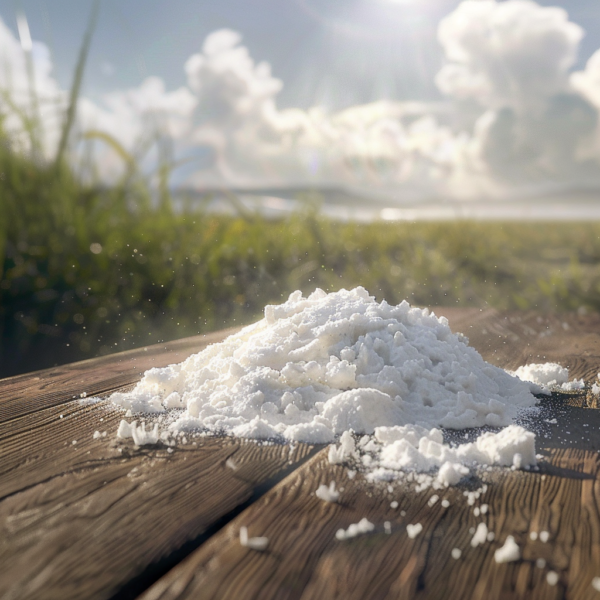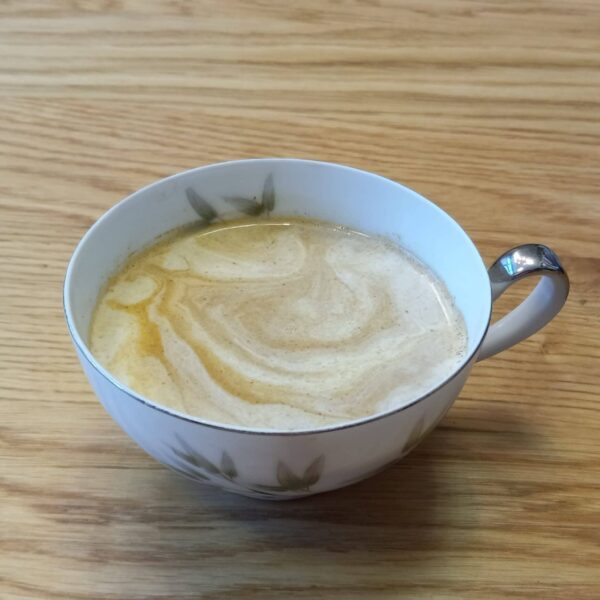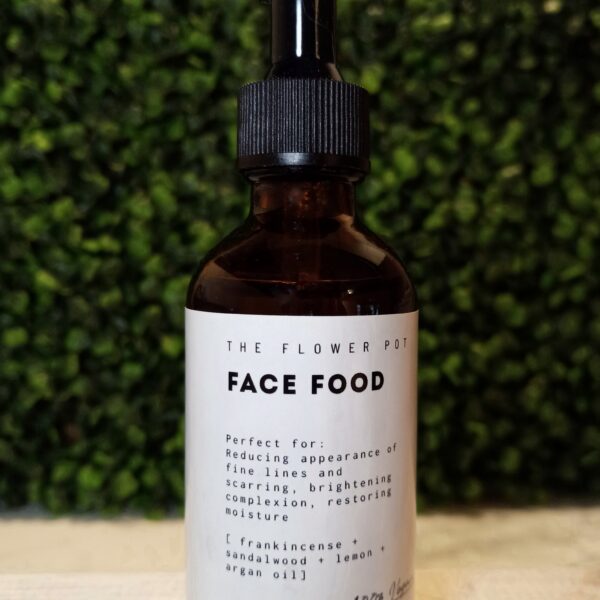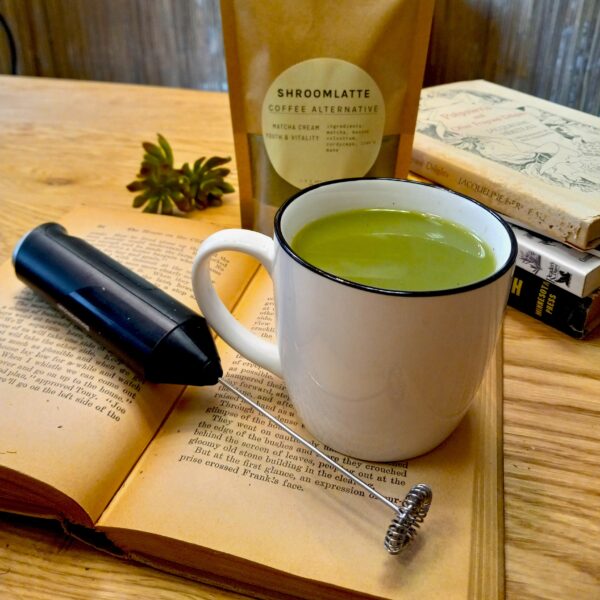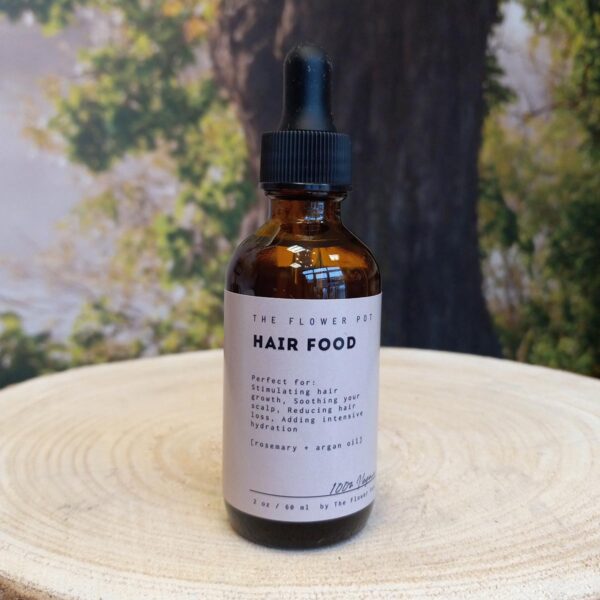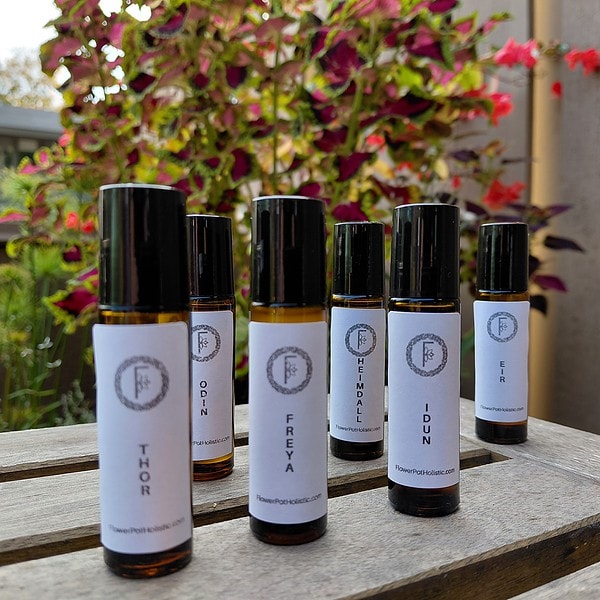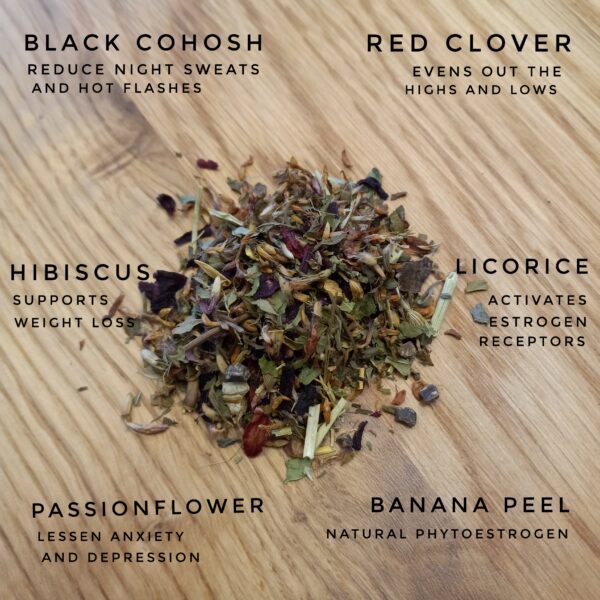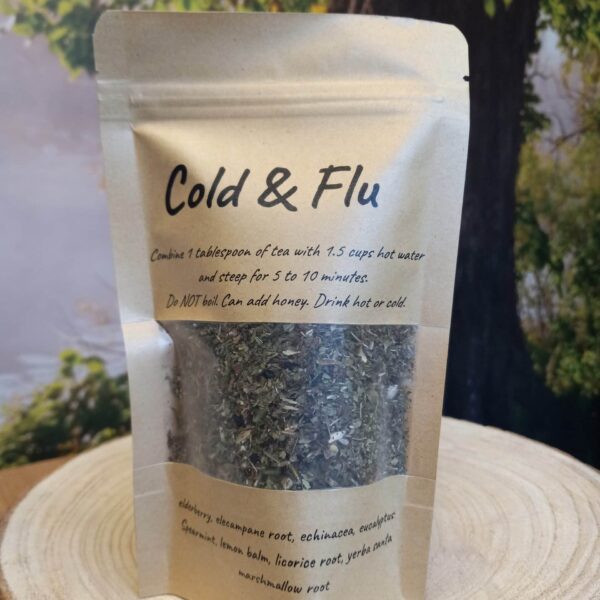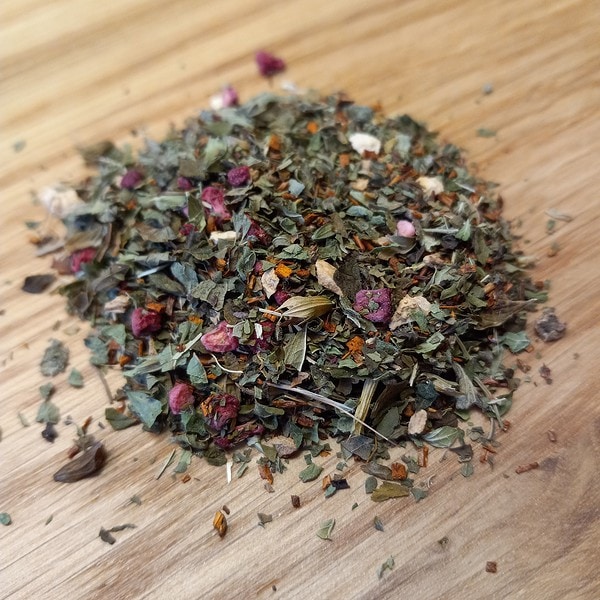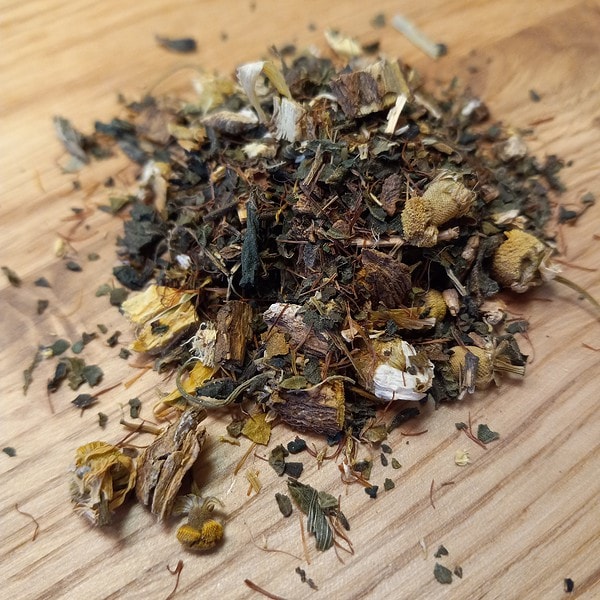Forget the perfect grass lawn Victorian nonsense —let’s talk about the original, gold-standard “weed” that has fueled health and healing for centuries: Dandelion (Taraxacum officinale). Every single part of the plant is edible and wildly nutritious, and historically, it was a super-important spring plant, helping communities bounce back after a long winter diet of mostly dried foods and grains.
If your garden is trying to give you free food and medicine, you should probably take it up on the offer!
Culinary Uses: From Root to Flower
You simply cannot beat dandelion for sheer versatility in the kitchen. It’s packed with vitamins, minerals, and antioxidants, and it provides a whole season of delicious foraging opportunities:
- Leaves (Spring): The young leaves are tender and a fantastic addition to salads or anywhere you’d use other fresh greens. They are slightly bitter (which is a good thing for the liver, trust me!), but the bitterness definitely increases as the plant gets older.
- Flowers (Summer): The bright yellow flowers are sunshine on a plate! Sprinkle them on salads for a gorgeous garnish. You can also air-fry them until they’re crisp (a revelation!) or quick-pickle the unopened flower buds for a tangy treat that tastes just like capers. Speaking of those flowers—I even make a dandelion syrup from them that adds a little floral cheer to my summer cocktails. It’s divine!
- Roots (Fall): The root can be dried and roasted to create a caffeine-free coffee substitute. Roasted roots eaten on their own taste a bit like a turnip.
Traditional Uses
This single plant as an entire medicine chest because different parts of it work on different body systems:
- Root Action: The root stimulates bile production, making it great for digestion, and supports the liver, gallbladder, and kidneys. It’s traditionally used to treat jaundice and helps the body remove toxins. The root also contains inulin to support a good gut biome and help with sugar regulation.
- Leaf Action: The leaves are a well-known diuretic. They stimulate the liver and flush the kidneys. This makes them great for helping the body eliminate excess sodium, which can be beneficial for those managing kidney disease or hypertension. Crucial note: Since the leaves are a diuretic, you must drink lots of water when using them to avoid dehydration.
- Flower Action: While the root and leaves focus on detox and flushing, the flowers are a gentler remedy. The flowers themselves are generally considered supportive and mild.
- Topical Uses: The juice from the stems is traditionally applied externally to help heal wounds and treat common skin issues like ringworm, eczema, and acne.
Beyond those targeted actions, dandelion is high in Calcium and Vitamin K, which help with bone health, and its high iron content makes it a useful aid for anemia. It’s also traditionally used to help with milk production and ease mastitis.
Important Safety and Harvesting Notes
Dandelion is one of those plants that doesn’t care about your garden plot; it grows everywhere! It thrives in USDA Hardiness Zones 3 through 10 and is incredibly resilient.
Foraging Caution: Since it grows everywhere, you must be extremely careful. Only harvest dandelion from areas you KNOW have not been sprayed with herbicides or pesticides. That taproot is great at sucking things up from the soil, so if you don’t know the land’s history, leave it alone.
Timing is Key: Follow the rhythm of the plant for the best harvest: Gather Leaves in Spring, Flowers in Summer, and Roots in Fall.
Allergies and Pregnancy: Do not use dandelion if you are pregnant. Also, dandelion belongs to the Asteraceae (Daisy) family, so if you have an allergy to related plants like daisies, marigolds, yarrow, or chrysanthemum, use caution and consult your healthcare provider first. Dandelion sap can also cause an allergic reaction in some people.
The Verdict
Dandelion is the ultimate invitation from nature to use food as medicine. It’s a free, abundant herb that provides targeted support for the liver and kidneys, offers a powerful array of nutrients, and gives us delicious food from root to flower. It’s a foundational herb for supporting overall health and cleansing the body after a long, static season. Next time you see those cheerful yellow heads, remember you’re looking at more than a weed—you’re looking at a whole-plant pharmacy!
Join Our Mailing List!
Sign up and be the first to know about specials, promotions and our latest articles on health and wellness.
Cara Schulz
Cara Schulz, a cancer survivor and green tea lover, has opened The Flower Pot, a holistic wellness shop in Burnsville that offers products ranging from medicinal teas and wellness tonics and herbal tinctures.

